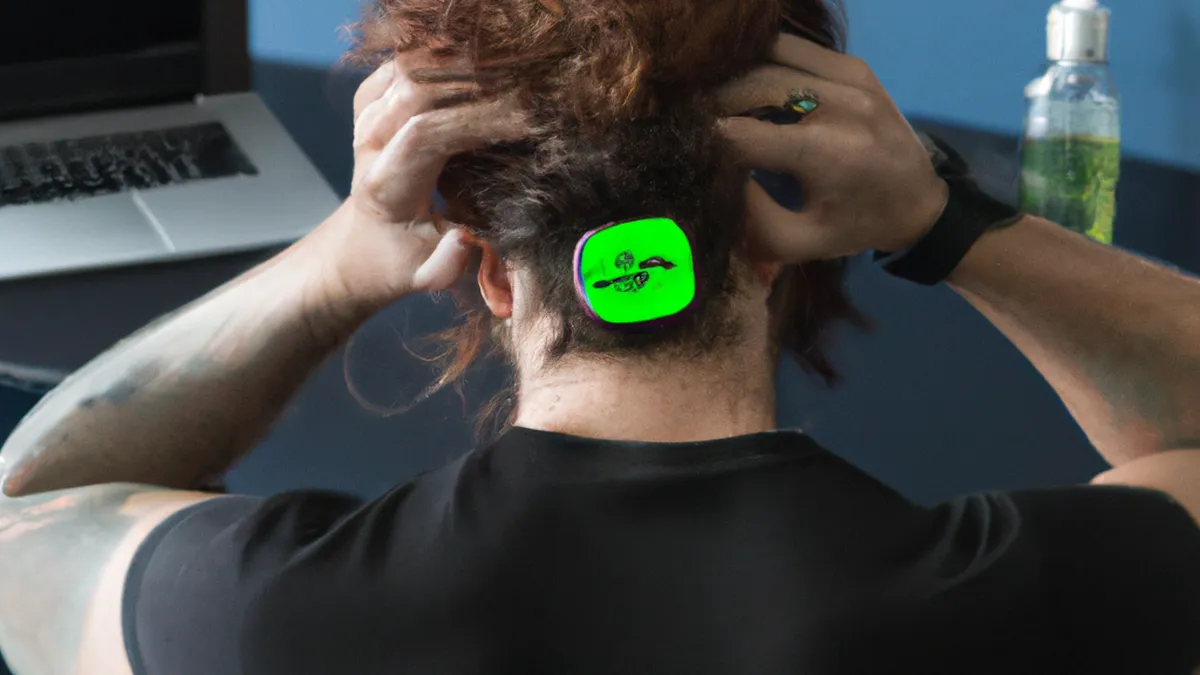HRV: A Window into Your Fitness Journey
Analyzing HRV Data Trends: Unlocking Insights for Better HealthHeart Rate Variability (HRV) indicates your body’s autonomic nervous system and overall health. It measures the time variation between heartbeats, showing how well your body adapts to stressors. Analyzing HRV data trends provides insights into your response to lifestyle factors like diet, sleep, exercise, and stress management. This blog post guides you in effectively analyzing HRV data trends for a healthier, balanced life.
Understanding HRV Basics
HRV represents a complex physiological phenomenon influenced by age, fitness level, and lifestyle choices. Generally, a higher HRV indicates better cardiovascular fitness and stress resilience. In contrast, a lower HRV may suggest stress, fatigue, or health issues. Understanding HRV is essential for analyzing data trends and assessing your health.
Tracking Your HRV
Gather data consistently to begin your HRV analysis journey. Wearable devices like smartwatches or dedicated HRV monitors provide daily measurements. Many smartphone apps also track HRV. Measure HRV at the same time each day for consistency. Morning measurements after waking are often the most reliable, reflecting your body’s baseline state.After establishing a baseline, observe patterns over time. Focus on daily, weekly, and monthly trends. This approach helps identify changes in HRV correlated with lifestyle factors like sleep, exercise, and stress levels.
Identifying Influencing Factors
Consider factors influencing your HRV readings during analysis:1. **Stress**: Stress significantly affects HRV fluctuations. Observe changes during stressful periods, such as deadlines or personal challenges. You may notice a significant HRV drop during these times.2. **Sleep Quality**: Sleep greatly impacts HRV. Poor sleep quality can lower HRV. Track sleep patterns alongside HRV data to identify correlations. Disrupted sleep often coincides with decreased HRV, indicating a need for better sleep habits.3. **Exercise**: Physical activity affects HRV positively or negatively. Regular moderate exercise correlates with higher HRV, while overtraining can decrease it. Monitor workout intensity and recovery to see their impact on HRV.4. **Diet**: Nutrition significantly influences HRV. A balanced diet rich in whole foods, fruits, vegetables, and healthy fats supports HRV.
Conclusion
As an Amazon Associate I earn from qualifying purchases.
Gear tip: consider ice bath tub, waterproof thermometer, and circulation pump to support this topic.
In summary, analyzing HRV data trends reveals valuable insights about your health. Understanding and tracking various influencing factors can enhance your overall well-being.
Below are related products based on this post:
FAQ
What is Heart Rate Variability (HRV)?
Heart Rate Variability (HRV) measures the time variation between heartbeats and reflects the body’s autonomic nervous system and overall health. A higher HRV generally indicates better cardiovascular fitness and resilience to stress, while a lower HRV may suggest stress, fatigue, or health issues.
How can I track my HRV effectively?
To track your HRV effectively, gather data consistently using wearable devices like smartwatches or dedicated HRV monitors. It is recommended to measure HRV at the same time each day, preferably in the morning after waking, to establish a reliable baseline for analysis.
What lifestyle factors influence HRV readings?
Several lifestyle factors can influence HRV readings, including stress levels, sleep quality, exercise, and diet. For instance, high stress can lead to significant HRV drops, while regular moderate exercise and a balanced diet can help improve HRV.















Post Comment